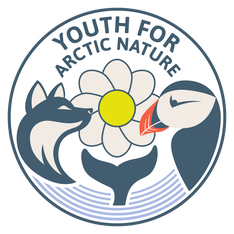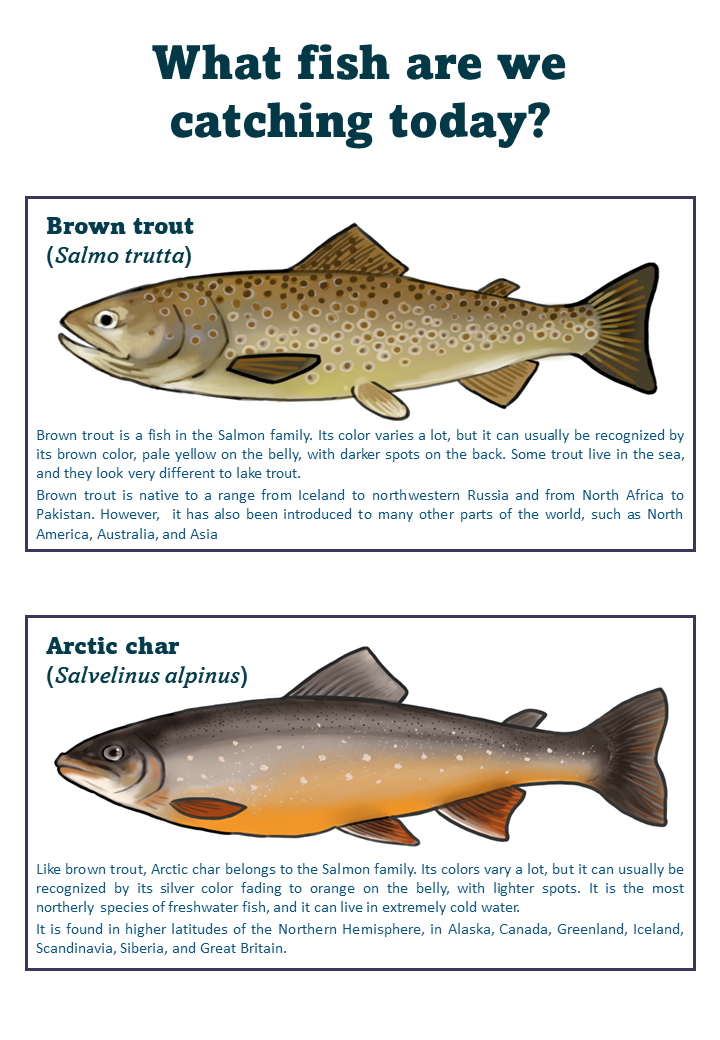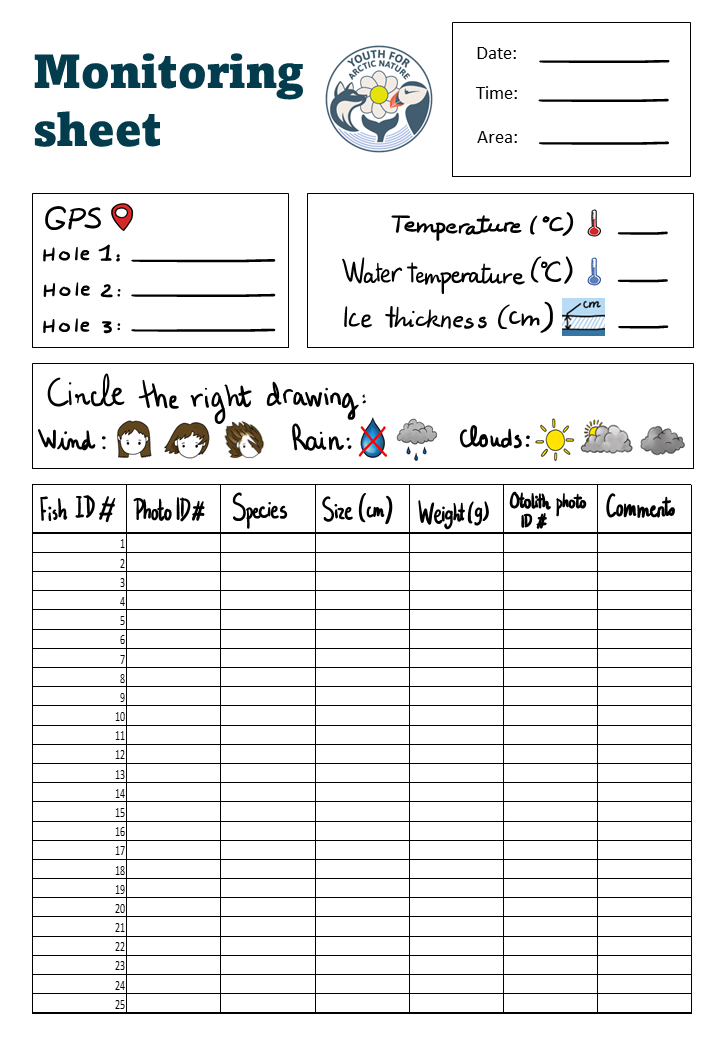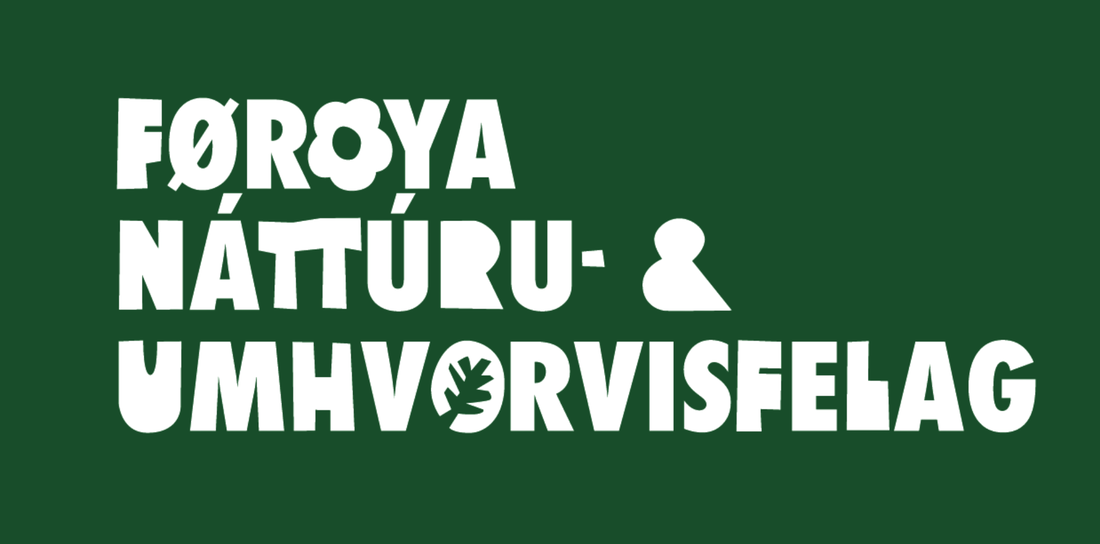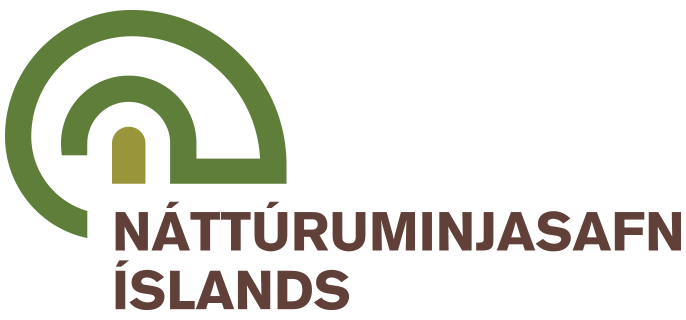This activity should only be done with experienced ice fishers
|
How long does it take?
About 4 hours Who is it for?
Materials:
|
Protocol (with approximate times):
1. What are we doing today? Why? (10 minutes)
3. Explaining how ice fishing is done (10 minutes) 4. Establishing work stations and roles (10 minutes)
6. Retrospective: what did we learn today? (5 minutes) 7. Fish distribution between participants (10 minutes) 8. Driving back | ||||||||
